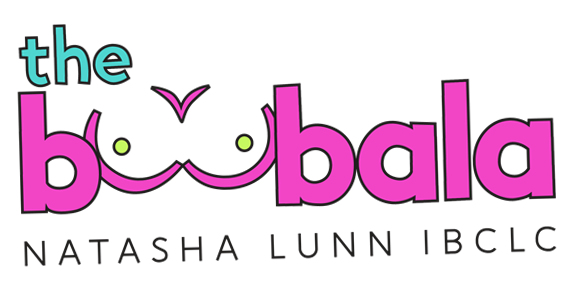Page Content
- How many doses of Sudafed to dry up milk?
- How long does Reglan take to increase milk supply?
- What happens if I don’t breastfeed for 3 days?
- Is it safe to take Reglan while breastfeeding?
- Does Benadryl help dry up milk?
- What medication dries up breast milk?
- Does Sudafed decrease milk supply?
- How will I know my breast milk is drying up?
- How to dry up milk supply without getting mastitis?
- How many days does it take for breast milk to dry up?
Understanding Sudafed and Its Impact on Breast Milk Supply
When it comes to managing congestion, many nursing mothers wonder about the implications of taking over-the-counter medications like Sudafed. Specifically, the question arises: Will Sudafed dry up my milk supply? The answer is nuanced and requires an understanding of how this medication interacts with lactation.
The Mechanism of Sudafed
Sudafed, which contains pseudoephedrine, is primarily used to relieve nasal congestion by shrinking swollen blood vessels in the nasal passages. However, it is also known to have an off-label use among nursing mothers seeking to reduce their breast milk supply. Research indicates that Sudafed can indeed lead to a decrease in milk production. This is largely due to its effects on blood flow and hormonal regulation related to lactation.
Effects on Milk Supply
Several sources confirm that taking Sudafed can significantly reduce breast milk supply. It is often recommended for mothers who are weaning or looking to dry up their milk quickly. Reports suggest that the effects can be almost immediate, with some mothers experiencing a noticeable decrease in milk production shortly after starting the medication. However, it is crucial to note that the response can vary; not every woman will experience the same level of reduction in milk supply.
Safety Considerations
While Sudafed may help in reducing milk supply, it is essential for nursing mothers to consult with healthcare professionals before taking any medication. Sudafed does pass into breast milk, which raises concerns about potential irritability in infants. Therefore, if a mother decides to use Sudafed, she should be aware of the possible effects on her child and consider whether the benefits outweigh the risks.
Conclusion
In summary, Sudafed can effectively dry up breast milk supply, making it a potential option for mothers looking to wean. However, the decision to use this medication should be made with caution and ideally under the guidance of a healthcare provider. Understanding both the benefits and risks is crucial for ensuring the health and well-being of both mother and child.
How many doses of Sudafed to dry up milk?
One small study of eight women showed that just one dose of pseudoephedrine (60 mg) lowered breast milk production. It’s not completely clear why, but researchers think that pseudoephedrine may lower how much prolactin your body makes.
How long does Reglan take to increase milk supply?
You will usually see an increase in your milk supply within the first week. Are there any side effects? Some side effects for the mother may be: Questions?
What happens if I don’t breastfeed for 3 days?
You may have some milk leak from your breasts, and your breasts may feel sore and swollen. This is called engorgement. It usually gets better after several days. Over time, your body will stop making milk if you don’t breastfeed or pump.
Is it safe to take Reglan while breastfeeding?
If your doctor or health visitor says your baby is healthy, you can take metoclopramide while breastfeeding but it’s best to only use it for a short time. Other medicines may be more suitable while you’re breastfeeding but your doctor will help you decide. Metoclopramide passes into breast milk in small amounts.
Does Benadryl help dry up milk?
Remember, there are also many medications that can reduce your milk supply. For example, antihistamines like Benadryl, Zyrtec, Allegra, etc, or decongestants like Sudafed, can decrease your milk supply.
What medication dries up breast milk?
Women sometimes to ask for a tablet to stop their milk supply. This medication works best if it is taken within 12- 24 hours of your baby’s birth. The medication is not routinely prescribed in hospital due to the many side effects and health risks with this medication. The medication is called cabergoline (Dostinex®).
Does Sudafed decrease milk supply?
A single dose of pseudoephedrine significantly reduced milk production. This effect was not attributable to changes in blood flow, but depression of prolactin secretion may be a contributing factor.
How will I know my breast milk is drying up?
your breasts feel softer than they did in the early weeks. your breasts don’t leak milk, or they used to leak and have stopped. you can’t pump much milk.
How to dry up milk supply without getting mastitis?
If you stop removing milk from your breasts too fast, you can get clogged ducts, engorgement or a breast infection called mastitis. For this reason, you need to stop breastfeeding or pumping gradually to dry up your breasts. body from making milk: It is best to lessen your milk removal or not empty your breasts.
How many days does it take for breast milk to dry up?
It may take several days or weeks for your breasts to completely stop making milk. Breast fullness should decrease in 1-3 days. You may feel emotional during this time. Be sure to take care of yourself.

